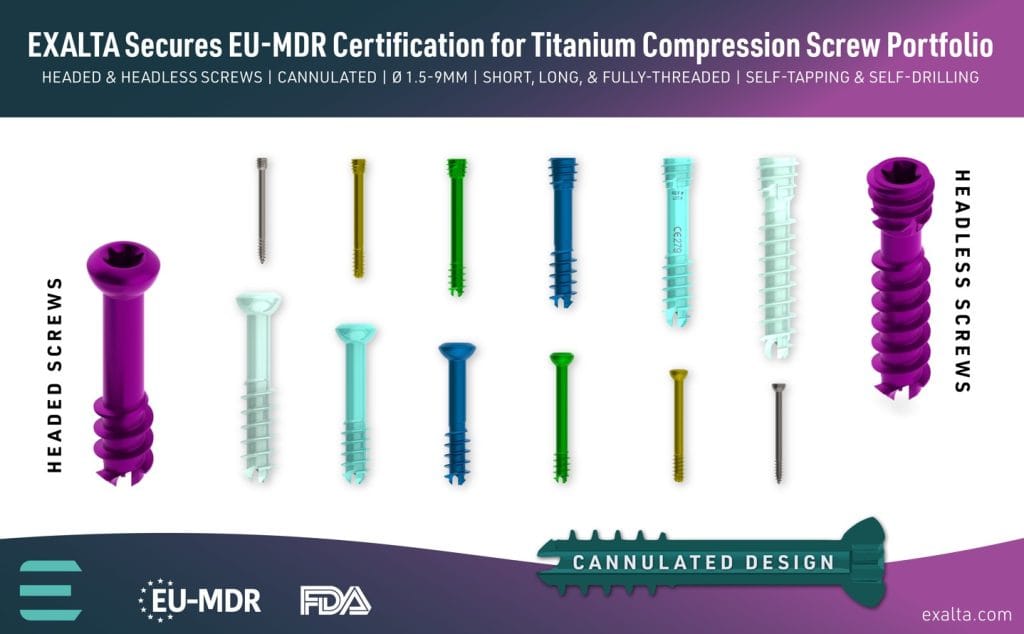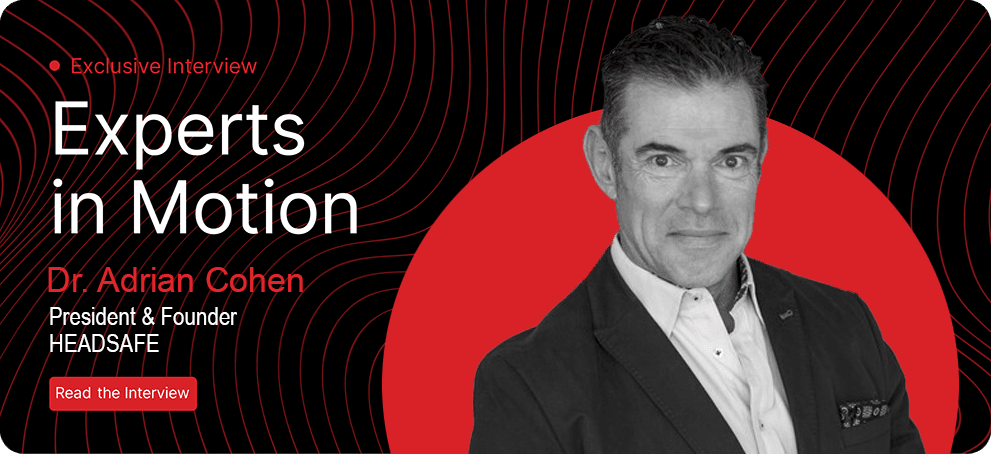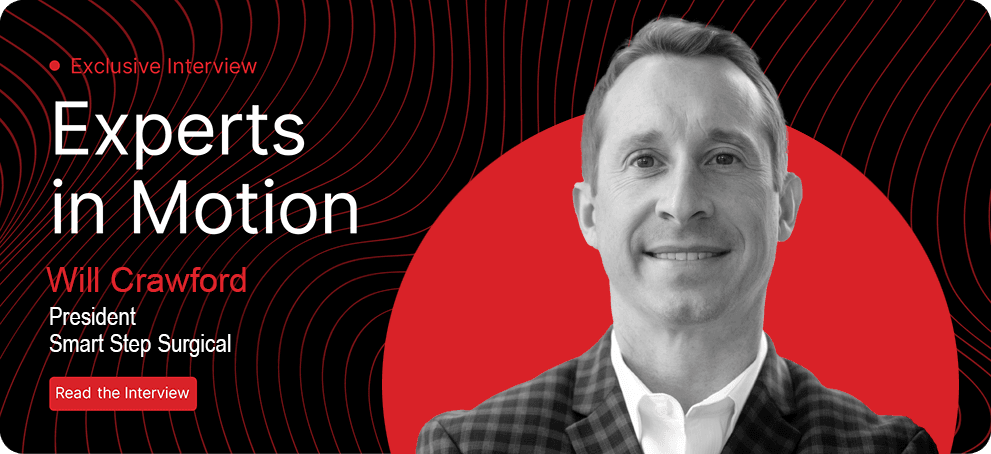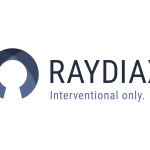The State of Healthcare Conferences in 2024: Rebooting for the Future


Last week, I attended the North American Spine Society (NASS) conference in Chicago for the 24th year in a row. While the event retained its familiar warmth, I couldn’t ignore the challenges—lower attendance, fewer exhibitors, and a noticeable shift in energy compared to the pre-pandemic years. This isn’t just an issue unique to NASS; these signs are part of broader struggles facing healthcare conferences everywhere. So, what’s going on?
The Role of Healthcare Conferences Is Evolving
Historically, healthcare conferences were essential for professional development, networking, and staying on top of the latest medical innovations. Physicians earned CME credits, exhibitors showcased cutting-edge medical technologies, and key opinion leaders (KOLs) provided valuable insights. But in the wake of the pandemic and amidst rising costs, competition from smaller niche events, and increasing demands for return on investment (ROI), conferences are being forced to rethink how they engage and attract attendees.
The Pricing Problem: Are Conferences Outpricing Their Audience?
For many, the cost of attending healthcare conferences is becoming a significant barrier, especially for early-career professionals. Badge prices for major U.S. conferences have risen steadily, creating an accessibility issue. Here’s a quick comparison of some 2024 healthcare conference prices:
- NASS 2024 badges range from $750 to $2,000, depending on membership status.
- The American College of Cardiology (ACC) charges around $1,300 for full registration.
- In contrast, Arab Health 2024 in Dubai has no registration fee for attendees, making it one of the most accessible healthcare conferences globally.
- Medica 2024 in Germany offers day passes starting at $80 and multi-day tickets priced up to $300.
If US healthcare conferences hope to draw in younger professionals—the future of the industry—they need to rethink their pricing models. Offering more accessible pricing options, such as Arab Health and Medica, especially for early-career professionals, and incorporating incentives could be critical for long-term success.
Learning from Success Stories in Healthcare and Other Industries
Several major healthcare conferences, as well as events in other industries, offer valuable lessons on adapting to the new reality.
Arab Health 2024 attracted 51,000 attendees and 3,450 exhibitors from all over the world by balancing CME opportunities, digital health innovations, and flexible networking options. Medica continues to draw over 120,000 participants by offering hands-on experiences like product demos and unique networking opportunities.
In non-healthcare industries, CES (Consumer Electronics Show) in Las Vegas serves as an excellent model. With badges ranging from $300 to $1,700, CES 2024 attracted 138,000 attendees and 4,300 exhibitors. CES thrives on immersive tech experiences and uses AI-powered matchmaking tools to personalize the conference experience for attendees, ensuring they find value in every interaction.
Rebooting Communication Strategies: A Critical Next Step
From our perspective at The MedTech Digest, while pricing and immersive experiences are essential, healthcare conferences also need to reboot their communication strategies. Many events still rely on promoting their history or prestige, but today’s companies, sponsors, and attendees—especially younger professionals—are looking for more than just tradition. Conferences need to clearly articulate how they solve problems for both attendees and exhibitors.
- For young professionals, it’s important to highlight the career-changing benefits of in-person events.
- Exhibitors, meanwhile, need to hear how the event will provide them with real-time data, lead generation tools, and AI-driven insights to help them justify their investment.
Shifting the messaging from an emphasis on prestige to focusing on the tangible benefits and solutions the conference offers is a critical step toward ensuring future success. We’ll dive deeper into this in an upcoming article.
In conclusion, Healthcare conferences in 2024 stand at a crossroads. To stay relevant, they need to adapt their pricing, enhance their offerings, and rethink their communication strategies. Successful events like Arab Health, Medica, and CES show us that there is a way. By providing value-driven approaches, conferences can continue to effectively engage attendees, exhibitors, and KOLs.













